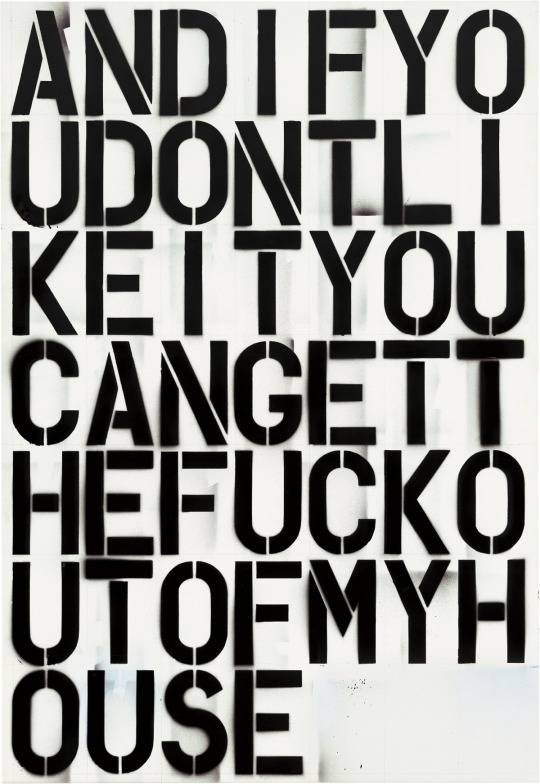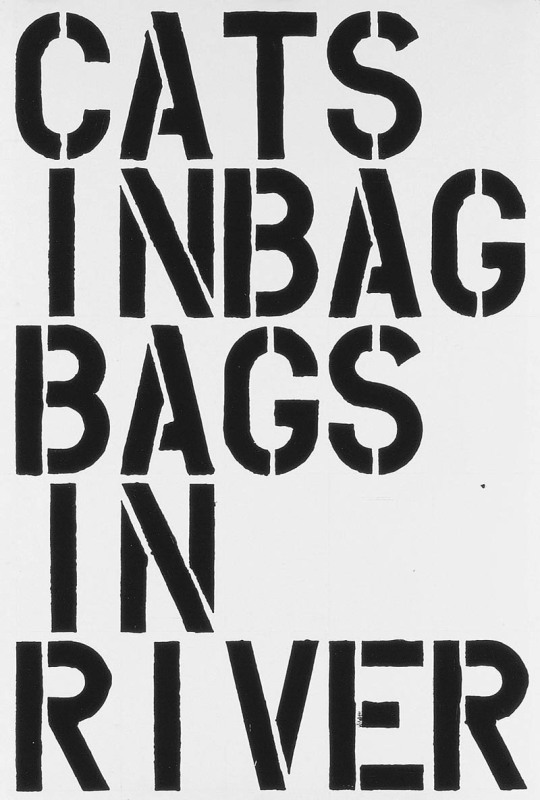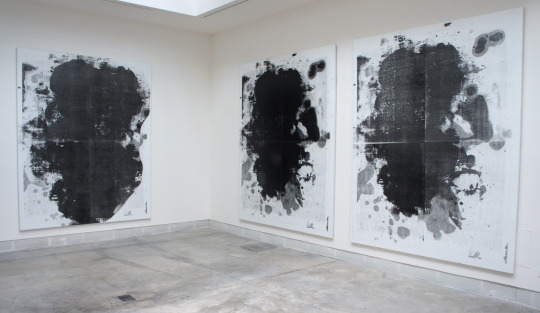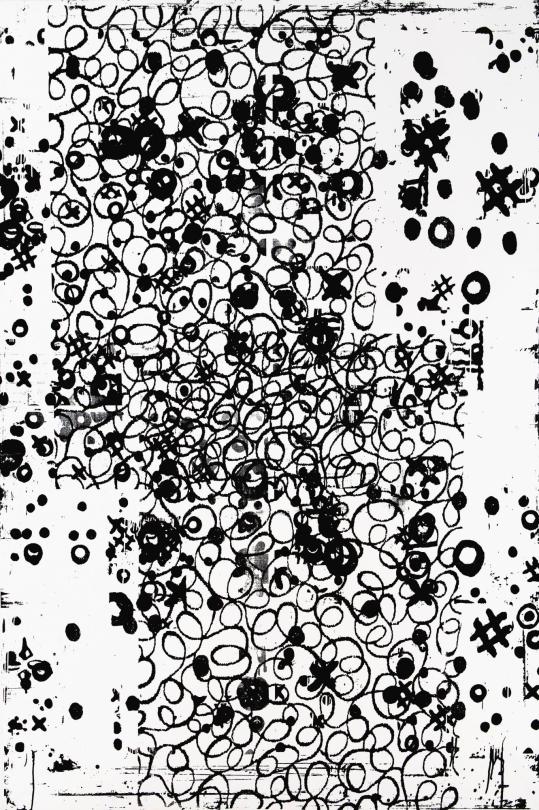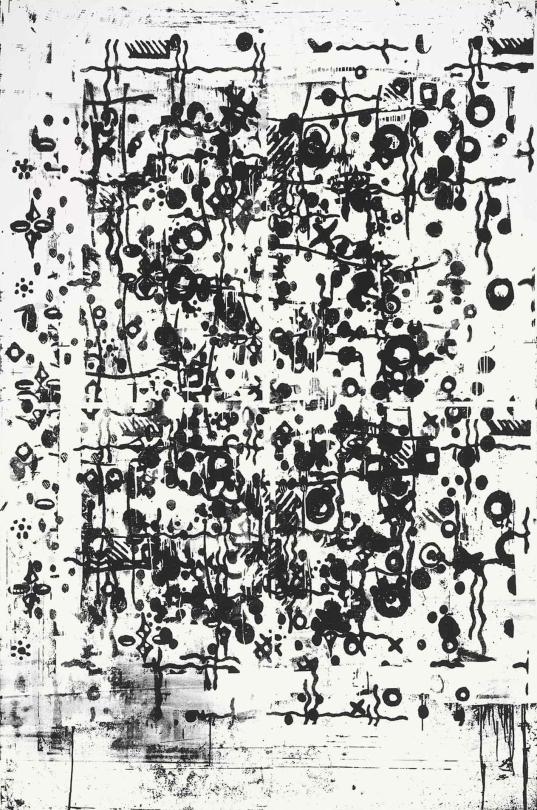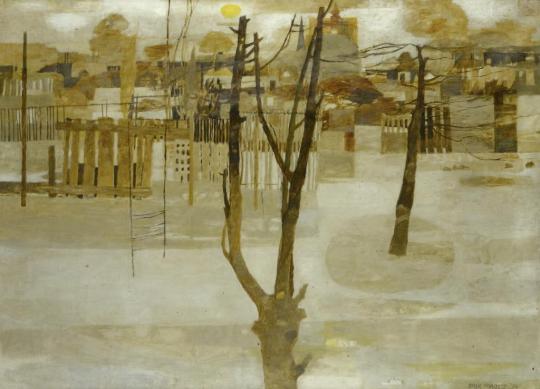
Erik Harrower Forrest – Trees, 1956, In My Collection
In the past few weeks I bought two wonderful paintings by Erik H Forrest but I couldn’t find much information about him. I was buying them at auction and online as I lived too far to view them, so I was worried they may be mid-century inventions (sadly there are many paintings on the market that look old but have no age to them). But when my two paintings were delivered I found they had gallery labels. The paintings were marked as 1956 and 1957. In 1956 Forrest was listed as living in 36 Chapel Lane Leeds, in 1957 he was at 17 Richmond Road Leeds. From that date on I couldn’t find any other details on E H Forrest in the UK.
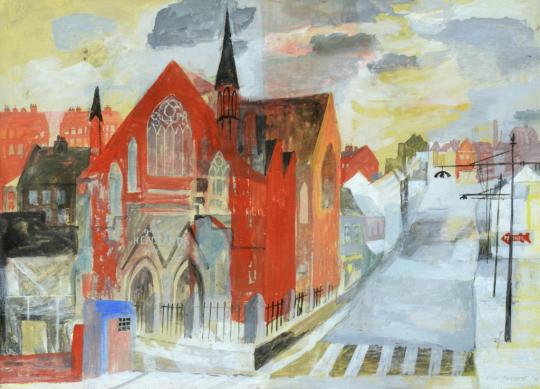
Erik Harrower Forrest – The Red Church, 1957, In my Collection
I then went to Google and found a monograph from 1985 he published ‘Harry Thubron at Leeds, and Views on the Value of his Ideas for Art Education Today’ in the Journal of Art & Design Education – Vol 4 No 2, 1985. This came with a biography that said he moved to America, from then I found a LinkedIn profile and his email.
From our emails I can report Erik Harrower Forrest, born in 1925, trained in Scotland at the Edinburgh College of Art under John Maxwell and Leonard Roseman. He started the Diploma in Art in 1941 but the war paused his studies and he had three years out flying in the Fleet Air Arm Squadron. He continued his work in 1945 with a specialisation in Drawing and Painting. He went on to the University of Edinburgh and at this time he admired the works of John Piper, Eric Ravilious, Paul Nash and John Minton.
Forrest taught painting and lithography at Leeds College of Art in the late 1950s and later became the deputy head of the School of Art Education at Birmingham Polytechnic.
My first job at the Leeds College was in Art and Design because I was in their Design department and I taught Illustration as well as drawing and painting. About half way through my time there I moved to the Art Education department. I had found that I had almost as strong an interest in art education, especially at the Tertiary level, as in painting and drawing. I had also been teaching Lithography, so I was wandering away from the life of a ‘professional’ painter already.
He was commissioned to made a painting of Temple Newsam for the gallery booklet in 1951
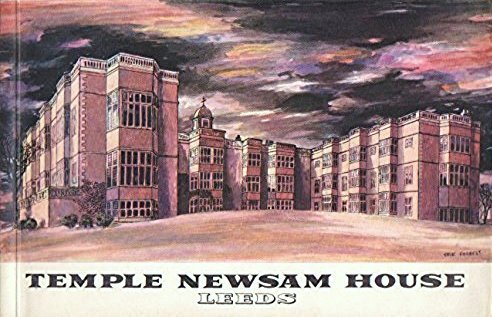
Temple Newsam House Gallery Booklet with cover painting by E.H.M, 1951
In the late 1960s he took the first year of a two-year degree in Philosophy at the University of Warwick, and left for the USA before he could complete it.
That was in 1968. The doctorate I did between 1980 and 1983, finishing the dissertation when I was 58 years old.
He has had one man shows of paintings, prints, and drawings in Britain, Canada, and USA, and articles by him have been published in British and American journals. His works are in the collections of Wakefield City Art Gallery, Nottingham City Gallery, the Scottish National Gallery, the National Gallery of Canada and the Beaverbrook Art Gallery. He also exhibited at the Wakefield, Twenty Artists Exhibition.

Erik Harrower Forrest – Interior, 1950
In America he was the Associate Professor at the University of Wisconsin-Parkside in 1969 and in 1977 became the Art Professor at Ohio University and is now retired in San Diego.
